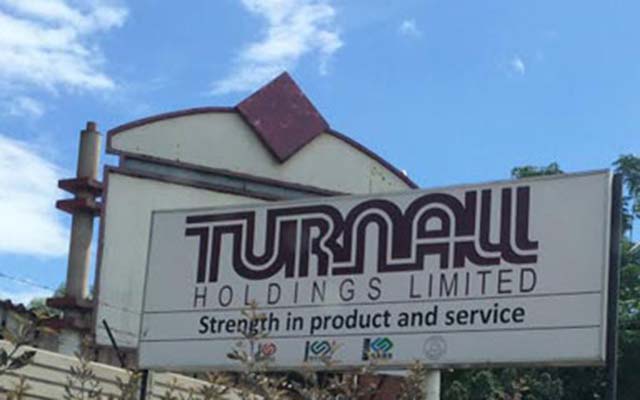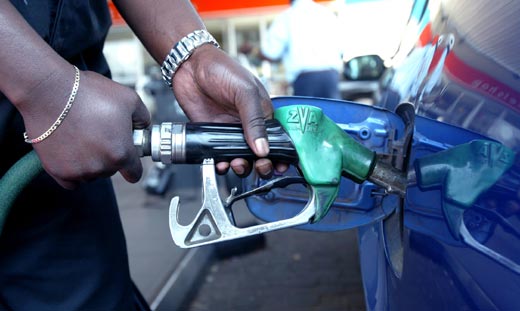Zim capable of grabbing bigger global tobacco market share
ZIMBABWE can capture a significant share of the US$878 billion global tobacco industry, through increasing investment in value addition of the “golden leaf”.
The country is the sixth-largest producer of tobacco in the world accounting for seven percent of the world supply and is also the fifth-largest tobacco exporter in the world.
Presently, Zimbabwe is value-adding and beneficiating just one percent of the total tobacco output grown in the country.
The crop contributes significantly to Zimbabwe’s export earnings demonstrating its importance to the country’s economy, a narrative that could be changed for the better if the crop is value-added and exported as a finished product.
To capture the value that is being exported through semi-processed tobacco, Lands, Agriculture, Water, and Rural Resettlement Minister, Dr Anxious Masuka said his ministry is mulling ways of promoting the beneficiation of tobacco crop to harness the benefits that come with full value addition of the crop.
According to Minister Masuka, the local tobacco companies are beneficiating approximately one to two percent of Zimbabwe’s annual tobacco output.
This means the country is realising a meagre US$1 billion-US$1,2 billion in exports receipts from tobacco annually, according to current statistics of tobacco exports.
While addressing a meeting held recently in Victoria Falls, Minister Masuka lamented the local tobacco industry’s inability to widen its horizons and increase its share of the nearly one trillion industry thereby boosting the country’s revenue inflows.
“The industry is worth US$878 billion and is projected to increase to over US$1 trillion by 2025, but the country earns only 0,017 percent of the global tobacco value yet it produces seven percent of the crop, seven percent of the world tobacco is US$61 billion dollars (per year), potentially Zimbabwe should be generating US$61, 46 billion from tobacco, that is what Zimbabwe’s tobacco is worth in the world, this is where the agitation arises.
“…out of 250 million kilogrammes of tobacco produced in the country only 2, 5 million kilograms is what we value adding into cigarettes in the country, we are exporting semiprocessed tobacco, exporting quite a lot of value in the process, “said Minister Masuka.
The agriculture minister also said the Government was putting in place a tobacco value chain transformation plan whose objective was to transform Zimbabwe’s tobacco industry.
It is envisaged the planned initiatives would contribute immensely towards the national vision of a diversified, empowered, and prosperous upper middle income economy by 2020.
“Tobacco value chain transformation strategy is a bold and radical transformative plan, it is meant to capture some of the value that we should be getting while producing more because the market for Zimbabwean tobacco is there,” Dr Masuka said.
Tobacco Research Board (TRB) general manager, Dr Dahlia Garwe weighed in saying more focus should be directed towards acquiring state-of-the-art machinery to meet the demands of value addition.
“I am happy to say that we already have a few plans that are in place in that space, we have three cigar producers that are using locally grown leaf already, one of them being Mosi-oa-Tunya, they started here (Victoria Falls) and they are working with the TRB in terms of varieties that they can use and also in terms of developing the technical
expertise.
“It is also very clear that in terms of value addition and beneficiation, it is really necessary to invest in new technology and state of art manufacturing plants,” said Dr Garwe.
She indicated that the value addition debate in the local industry was long overdue but called for the consideration of farmers’ plight who were getting very little from the multi-billion dollar industry.
“I personally think that the adoption of the Tobacco Value Chain Transformation Plan (TVCTP) is a very welcome development on the Zimbabwean scene.
“In fact, it is long overdue, and if we are to become a middle-income economy by 2030 this would be an easy way of getting there if we get it right from the beginning, we need to reduce the cost of production at the farmer level, currently our farmers are not getting adequate value from growing tobacco because the cost of production is far too high, fertilisers pricing at US$40 a bag is high, which of our farmers can afford that, we need to revisit that,” she added.
Zimbabwe, which is the world’s sixth largest producer of tobacco, is processing only 2 percent of the commodity. The latest push for beneficiation and value addition seeks to unlock US$5 billion in export revenue by 2025.
On average the country is currently earning between US$800 and US$1 billion annually from tobacco exports.
The plan also seeks to raise localisation of tobacco funding to 70 percent by 2025, boost output to 300 million kg, increase the level of value addition of the leaf into cutrug and boost the production of cigarettes to 30 percent from 2 percent.-The Herald









